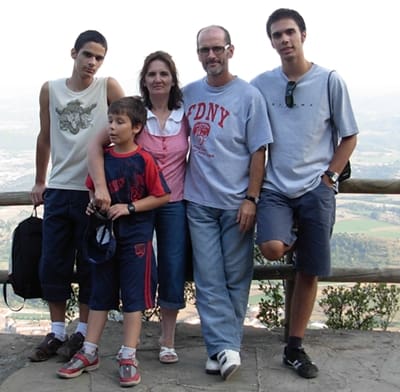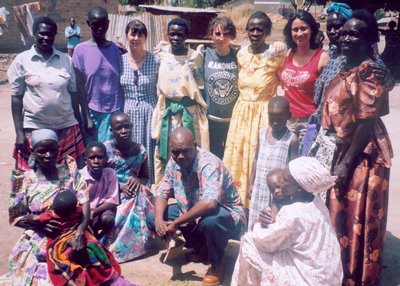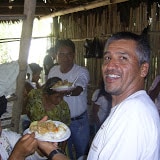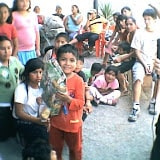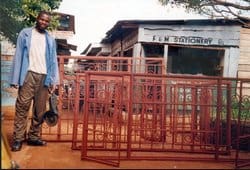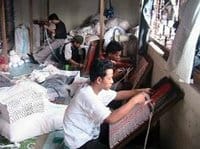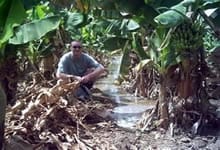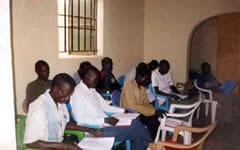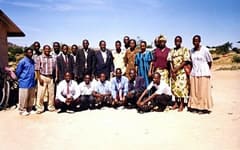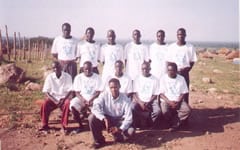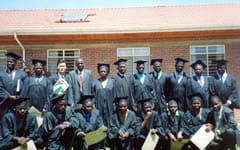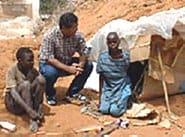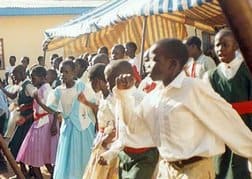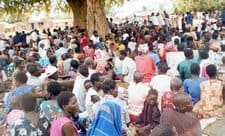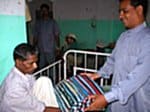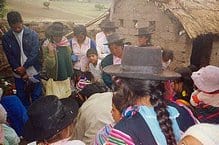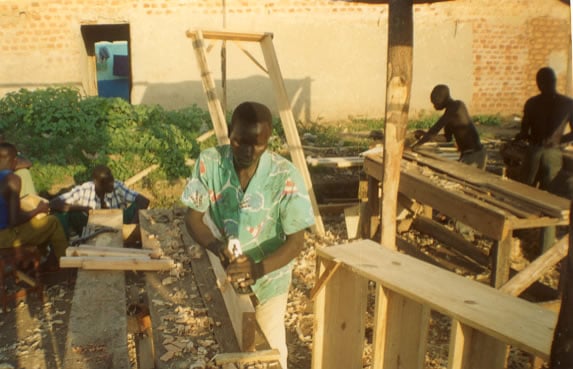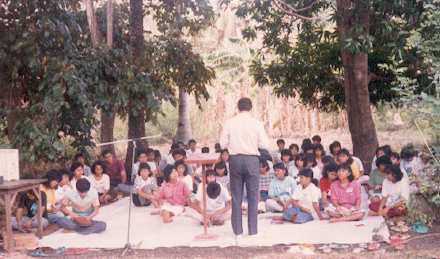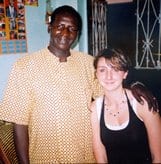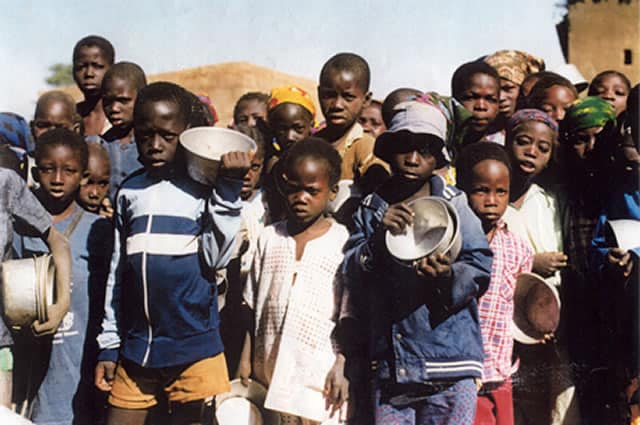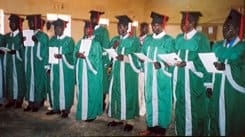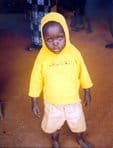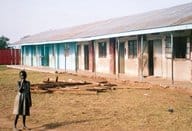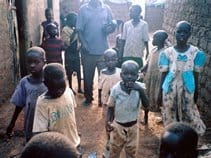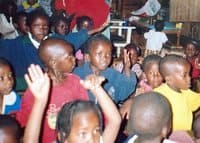Tambien se dispone en:
![]() Français
Français ![]() Indonesia
Indonesia ![]() Português
Português
The EAPTC model in Nairobi, Kenya
When Korean missionary Paul Lee came to Nairobi some years ago he opened a traditional Bible School which although it was good, it did not achieve the hoped for results in terms of many graduates going on to plant new churches and engage with cross-cultural mission.
Five years ago Paul changed to the discipleship-based DCI School of Mission and since then graduates have opened more than 60 new churches and Schools of Mission in Kenya, more than 40 in Uganda and others in Burkina Faso, Malawi and Sudan. The School of Mission in Malawi has just had its first graduation and one student is already in the process of opening the training in Botswana.
Paul Lee’s goal is to open 10,000 new churches and Schools of Mission across all Africa, and worldwide. He is well on the way.
This is how the EAPTC School of Mission in Nairobi works:
- Applications are taken for the next course.
- A simple selection procedure of up to 15 students a course takes place.
- The School of Mission programme is offered part-time, daily for six months, in any available room, no expensive special facilities needed.
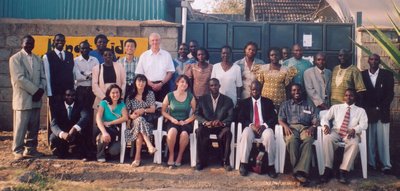
The atmosphere is outward looking to unreached peoples and the nations, and the expectancy is that many students will go and open a new School elsewhere, form a new church around it, or at the very least return to their home churches as better equipped men and women to serve the pastor.
Every graduate is officially authorised to repeat the training in another location. In effect the student becomes the teacher. A copy of the School materials is made available for purchase at cost price. This is the key to growth.
The graduates return to their home church. The home church becomes a mother church by sending out the graduate to repeat the School of Mission in another urban or rural locality, or over the border in another country.

The process then repeats . . .
“In this way the word of the Lord spreads widely and grows in power” (Acts 19.20) which is the vision of the original School of Mission back in 1987, in England.

Meanwhile the Nairobi School of Mission at EAPTC holds another course . . . see step one.
What can you do to help?
- You can pray for the Nairobi School and all the Schools of Mission in Kenya, Uganda, Africa and worldwide. The researched priorities in Kenya which EAPTC are trying to meet are:
- Preacher training to counter the huge numbers of cults and strange teachers coming in.
- Children’s ministry in a land where children are not even seen to be second class citizens.
Providing materials to combat the acute book famine in East Africa.
- You can open your own School of Mission at almost no cost and do the same as EAPTC has done.
- You can send one, two or all the Christian books, commentaries and Bibles lying unused on your shelves to Kenya because there is an acute book famine in East Africa. Books are hard to find and expensive. Students and pastors are desperate for study books and reading materials. We send our books as soon as we have read them by inexpensive surface mail.
Send your books to:
Evangelical Alliance for Preacher Training and Commission
c/o GMK,
P.O. Box 3774,
Nairobi 00506,
Kenya
From Dr. Les Norman, the founder of the Schools of Mission network:
If you are the leader of an existing School of Mission or just thinking about starting one and joining the network, I urge you to adopt and adapt this model from Kenya because the results are truly outstanding, and I have seen them for myself.



